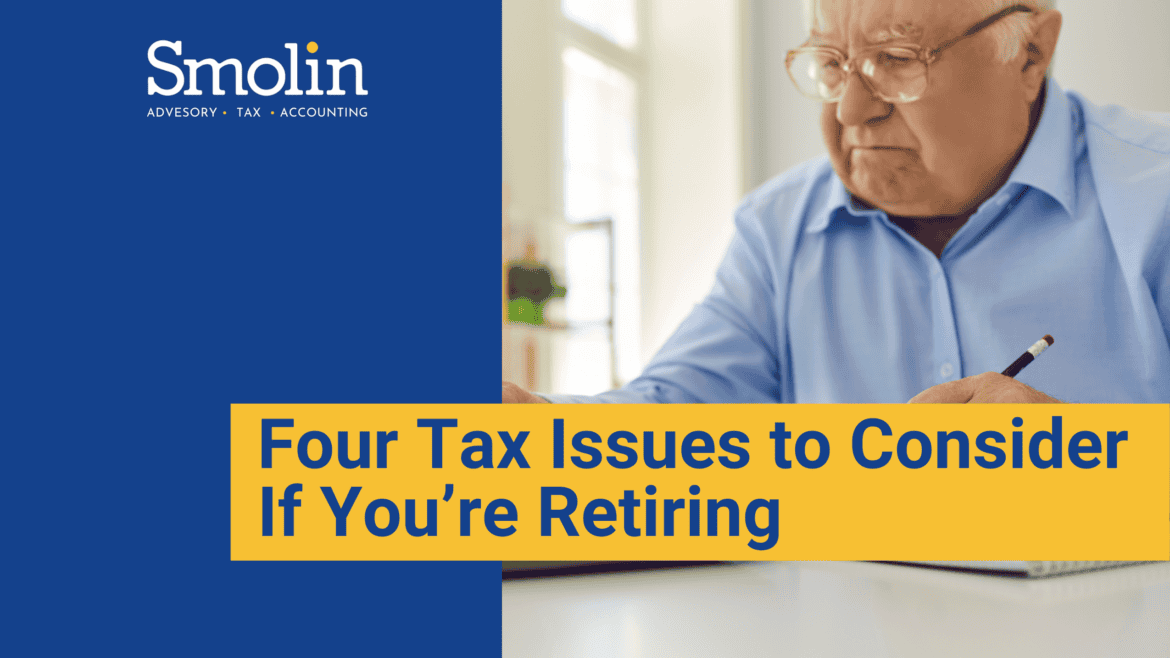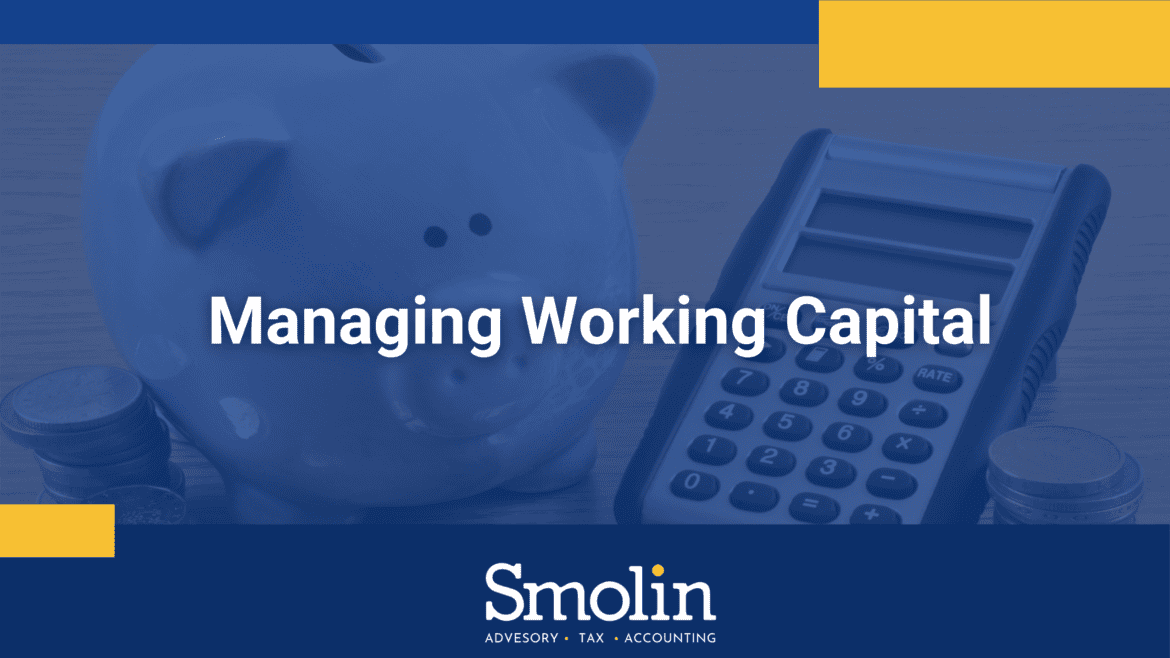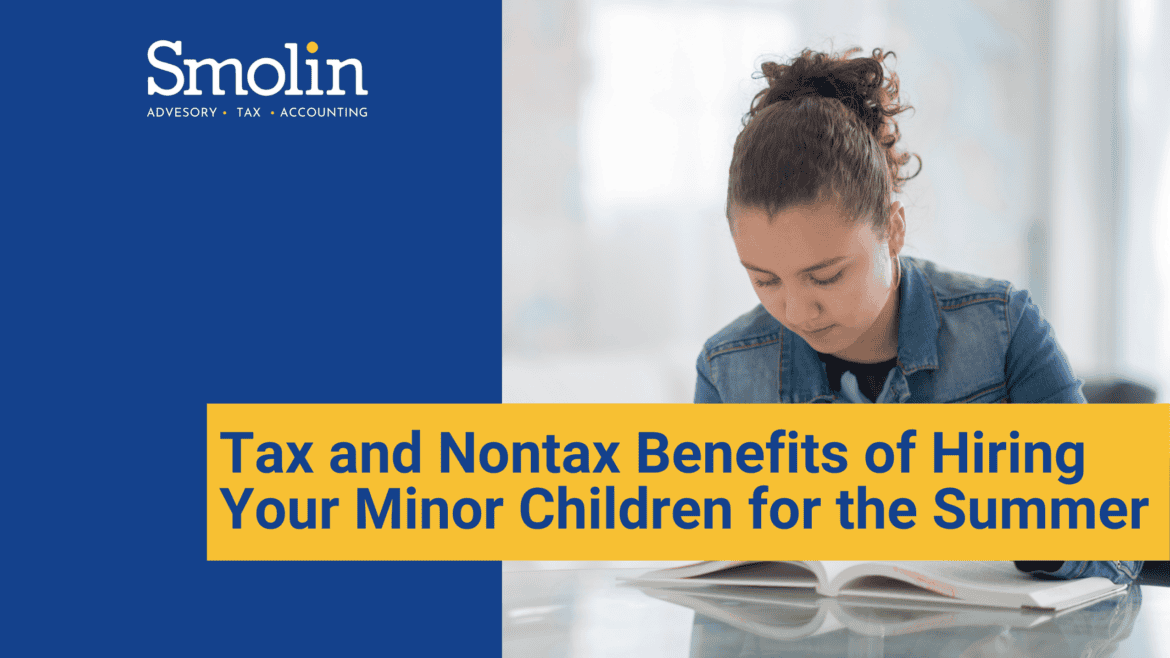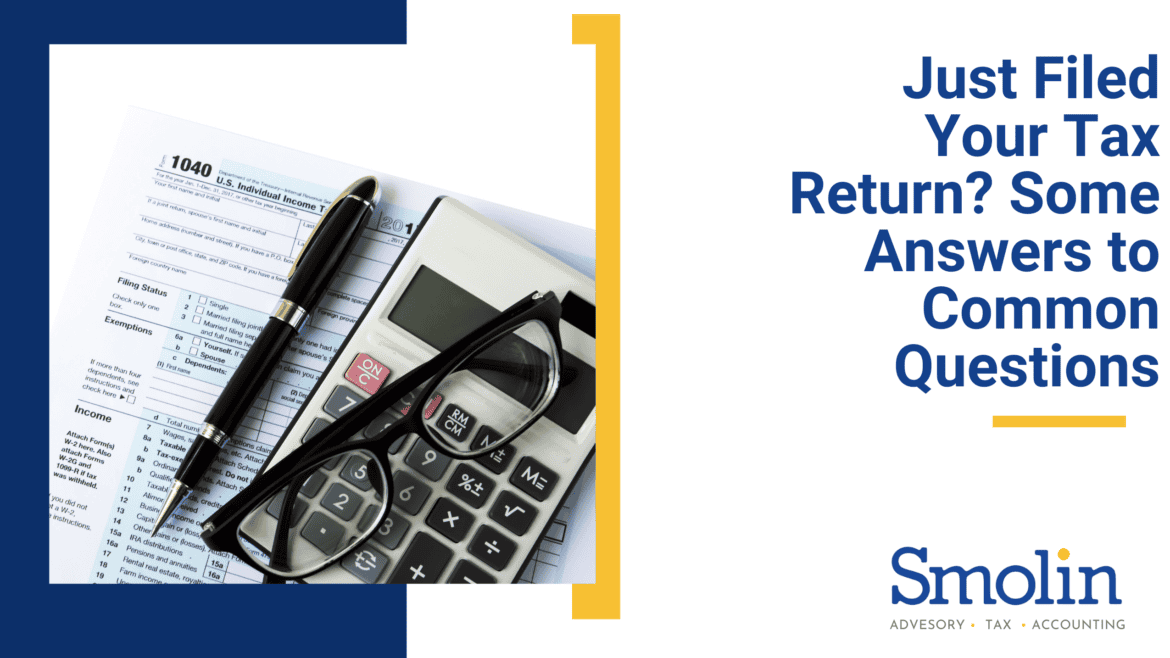
Retirement comes with changes in lifestyle and income sources and may have several important tax implications.
The following is a quick explanation of four tax and financial issues many people deal with as they retire.
Withdrawing your required minimum distributions
Your required minimum distribution is the minimum amount you’re required to withdraw from your retirement accounts. Generally speaking, when you reach age 72 (70½ before January 1, 2020), you must begin taking withdrawals from your IRA, SIMPLE, SEP, and other retirement plan accounts. Roth IRAs, however, won’t require withdrawals until after the plan owner’s death.
You are free to withdraw more than the minimum amount required, and your withdrawals will be included in your taxable income—with the exception of any part that can be received tax-free, including qualified distributions from Roth accounts, and any part that was taxed before.
Downsizing your residence
Many retirees choose to sell their principal home in order to downsize. If you choose to do this and receive a gain from the sale of your principal residence, it may be possible to exclude up to $250,000 (or $500,000, if you file a joint return) of that gain from your income.
You must meet certain requirements in order to claim this exclusion: you must have owned and lived in the home as your primary residence for at least two years during a five-year period ending on the date of the sale.
If you’re considering selling your home, you should also make sure that you’ve identified any items that should be included in its basis, as this can save you tax.
Considering tax implications of new work
Many people choose to continue to work as consultants or start new businesses after retirement. If you’re one of them, you’ll want to consider these tax-related questions:
- How should you finance the business?
- Should the business be a sole proprietorship, partnership, limited liability company (LLC), S corporation, or C corporation?
- What expenses are deductible? Can you claim home office deductions?
- Are you familiar with how to make payroll tax deposits and select to amortize start-up expenditures?
Impacts on Social Security
Continuing to work may impact your Social Security benefits. You’re required to give back $1 of Social Security benefits for each $2 of excess earnings if:
- The sum of your wages plus self-employment income is over the Social Security annual exempt amount ($18,960 for 2021)
- You retire before reaching full Social Security retirement age (65 years of age for people born before 1938, rising to 67 years of age for people born after 1959)
If you reach full retirement age this year, your benefits will be reduced until the month you reach full retirement age by $1 for every $3 you earn over a different annual limit ($50,520 in 2021). After that date, your earnings won’t affect the amount of your monthly benefits, regardless of much you earn.
You may also need to pay federal (and state) tax on your benefits. You may have to report up to 85% of your benefits as income on your tax return and pay the resulting federal income tax, depending on how much income you have from other sources.
Contact us for help
Tax planning remains important after retirement. If you need assistance in maximizing the tax breaks you’re entitled to, we can help. Contact us today.


















